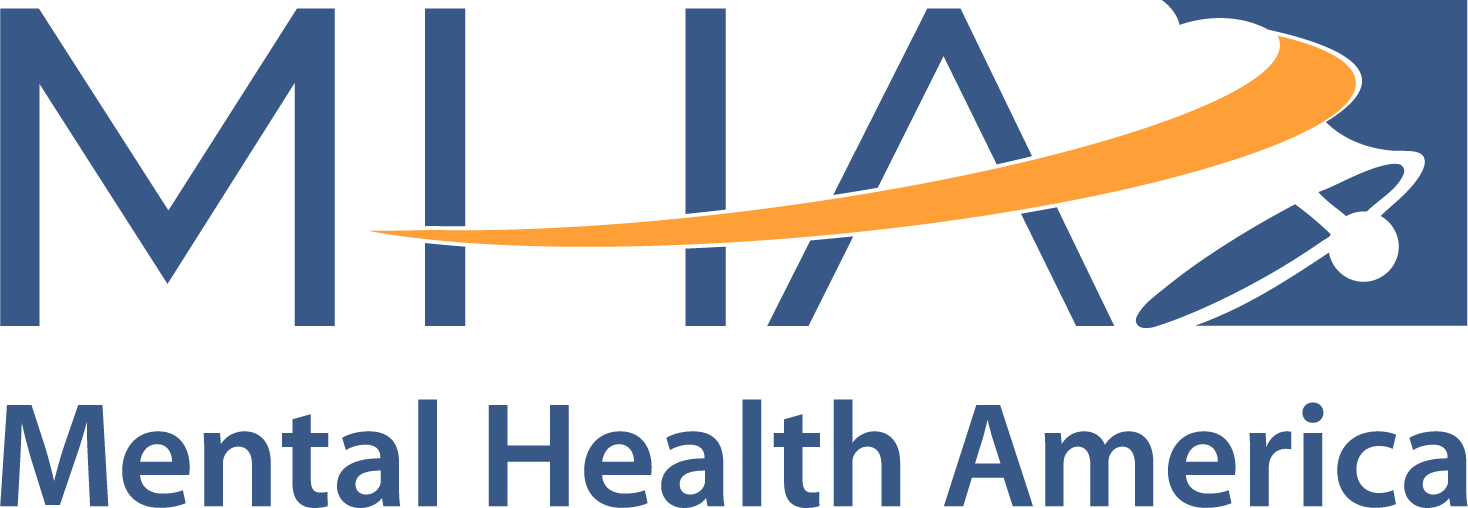Not being able to focus makes life difficult. You may find yourself easily distracted. Or unable to complete daily tasks such as chores, schoolwork, and work projects. You may be struggling to focus on the right things. This feeling is absolutely frustrating. Furthermore, it can interfere with school, work, relationships, and overall enjoyment of life.
Most people may have trouble focusing when they’re really bored or anxious. But people living with ADHD have trouble focusing most of the time—even when they are feeling ok in other areas.
ADHD, or attention deficit hyperactivity disorder (also known as ADD), is a real and common mental health condition that can affect both children and adults.
Symptoms of ADHD
Everyone’s experience with ADHD is different.
There are three main characteristics of ADHD: inattention, hyperactivity, and impulsivity. There are also three types of ADHD:
- Inattentive type
- Hyperactive/impulsive type
- Combined type (experiencing both inattention and hyperactive-impulsive types)
People living with ADHD may experience symptoms in one or a combination of both types. And their ADHD symptoms can change over time.
Some of the common symptoms of ADHD are [1][2]:
Inattention
- Often fails to give close attention or makes careless mistakes
- Often has trouble holding attention on tasks and/or activities
- Avoid or dislikes tasks that need sustained mental effort
- Is often easily distracted
- Often losing things needed for tasks like school papers, keys, wallet, phone, etc.
- Often forgets daily tasks such as chores or errands
Hyperactivity
- Excessive fidgeting, tapping, or talking
- Extreme restlessness or difficulty sitting still
- Interrupting others or finding it hard to wait your turn
- Always “on the go” as if driven by a motor
- Moves around constantly even in situations where it’s not appropriate
Impulsivity
- Difficulty with self-control
- Often acting without thinking
- Making decisions before considering long-term consequences
- Needing immediate rewards
ADHD symptoms can often be mistaken for or appear alongside other mental conditions. Like anxiety, depression, or bipolar disorder. In children, ADHD symptoms may be confused with emotional or disciplinary problems. Or learning disabilities in school. [2]
Life problems
For people who have ADHD, the symptoms are frustrating. And they may also cause problems in their lives. ADHD may interfere with school, work, and relationships. [3] It can be difficult for people with ADHD to complete tasks. Like taking tests, organizing spaces, remembering things, etc.
Treatment and recovery
Remember, ADHD doesn’t have to control your life. ADHD is treatable. Many people find a combination of therapy, medication, and/or lifestyle changes helpful. There are resources like Children and Adults with Attention-Deficit/Hyperactivity Disorder (CHADD). CHADD offers education, toolkits, and support to improve the lives of people with ADHD.
- Centers for Disease Control. (2024, September) Symptoms of ADHD. https://www.cdc.gov/adhd/signs-symptoms/
- National Institute of Mental Health. (2021, September). Attention-Deficit/Hyperactivity Disorder. https://www.nimh.nih.gov/health/topics/attention-deficit-hyperactivity-disorder-adhd
- American Psychiatric Association. (2017, July). What is ADHD? https://psychiatry.org/patients-families/adhd/what-is-adhd
- American Psychiatric Association. (2013). Diagnostic and statistical manual of mental disorders (5th ed.). Arlington, VA.
"*" indicates required fields
